New Orleans, LA
2018: Pastor Joseph of Mt. Triumph Baptist Church, wearing gas mask. Rise for Cancer Alley Rally.
Ella McIntire, photographer.
Visit the Gordon Plaza neighborhood in New Orleans’s Upper 9th Ward, the site of a former landfill and current EPA Superfund site. Then head upriver to St. James, LA to Burton Lane, where a fenceline community borders the Nu-Star Plant.
Voice Over: Ella McIntire; Filmed By: Ella McIntire, University of New Orleans. Produced with Talking Eyes Media
Bayou Bienvenue in New Orleans Ninth Ward contains the remains of a once-healthy cypress swamp. It sits at the edge of the Lower Ninth Ward, still devasted by flooding after Hurricane Katrina. A boat trip along the Intercoastal Waterway illustrates the destructive effects of man-made channels and the importance of protecting wetlands to guard the city from catastrophic flooding.
Voice Over: Matt Phillips. Filmed By: Ella McIntire and Owen Wagner.
University of New Orleans National Wildlife Federation & Restore the Mississippi River Delta. Produced with Talking Eyes Media.
South Louisiana’s petrochemical corridor, along the Mississippi River from Baton Rouge to New Orleans, disproportionately affects Native and Black communities, causing high cancer rates, devaluation of property, and displacement of neighborhoods.
Environmental racism in Louisiana stems from 18th-century European and U.S. colonization of Native land and development of plantations using the labor of enslaved people. After the Civil War, African Americans established Black-owned freetowns along the River. In the 20th century, as plants replaced plantations, state and industry targeted sites adjacent to historic Black communities, demolishing home values. Similarly, local government destroyed Black families’ wealth in New Orleans by building the Gordon Plaza subdivision atop a toxic landfill.
The Louisiana Bucket Brigade advocates for a moratorium on petrochemical expansion and construction in Louisiana. Gordon Plaza residents demand fully funded relocation of homeowners by the City of New Orleans.
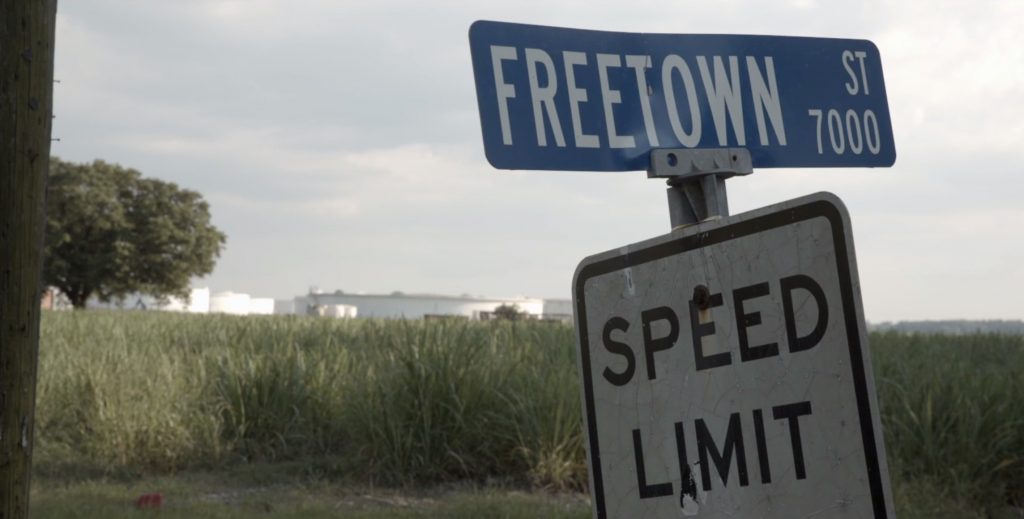
2017: Freetown Street in St. James, LA.
Courtesy of Louisiana Bucket Brigade.
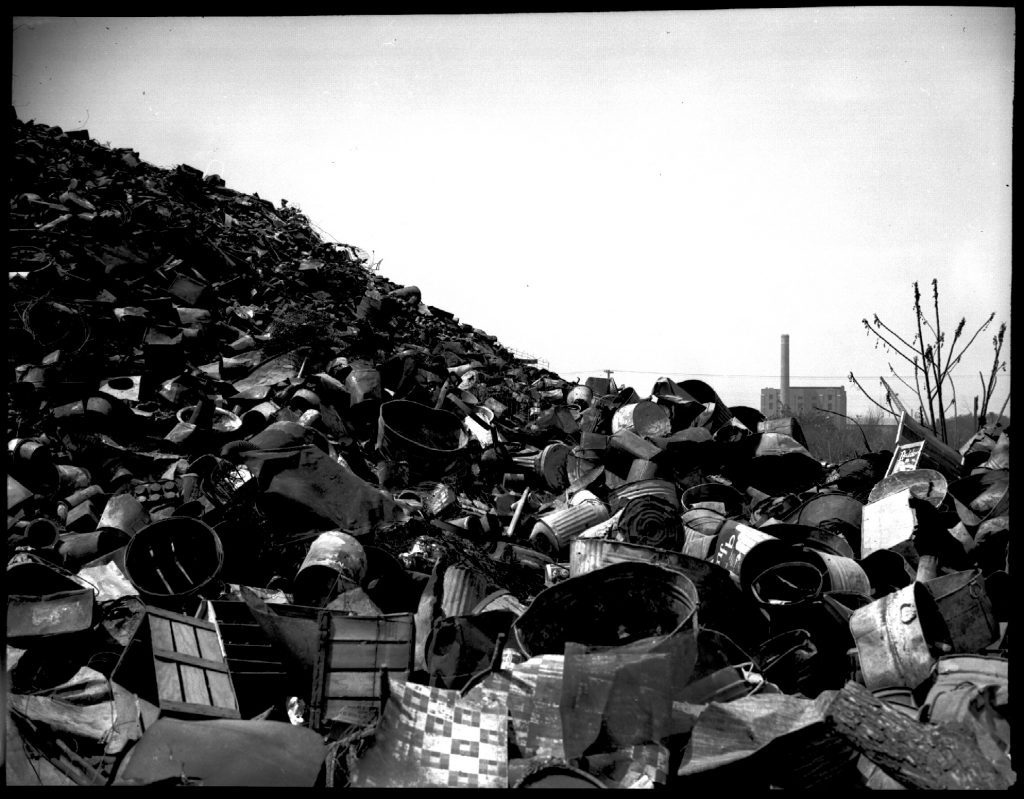
1939: Agriculture Street Landfill, 1939. WPA Photography Collection.
Courtesy of Louisiana Division/City Archives, New Orleans Public Library.
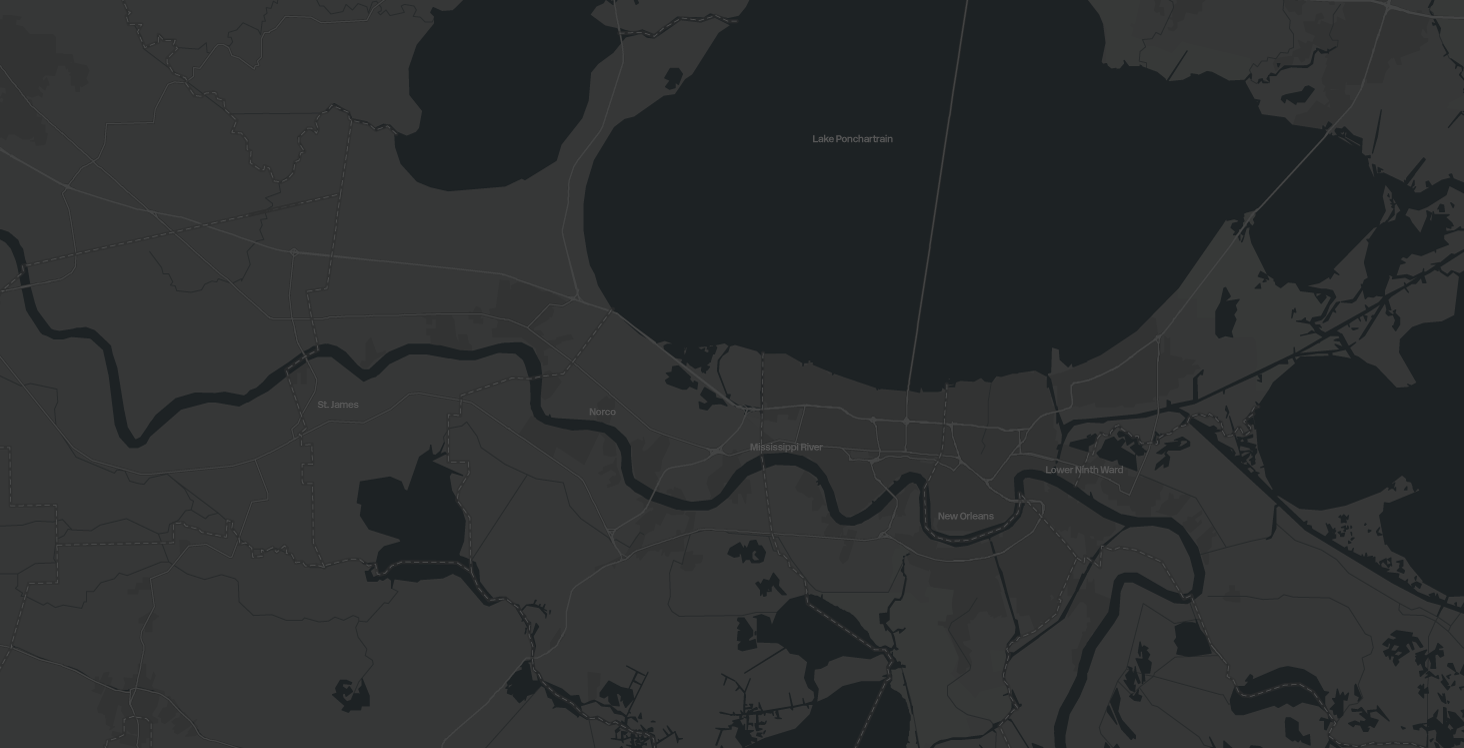
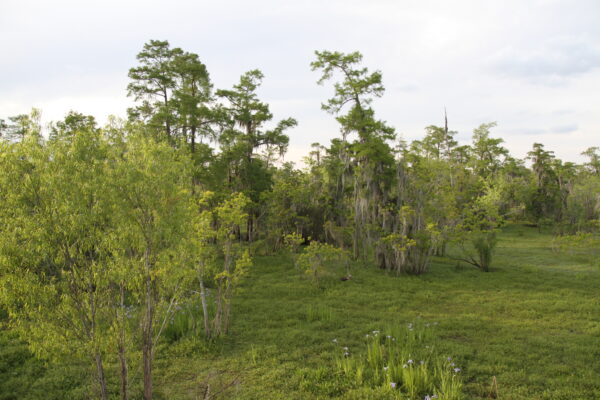
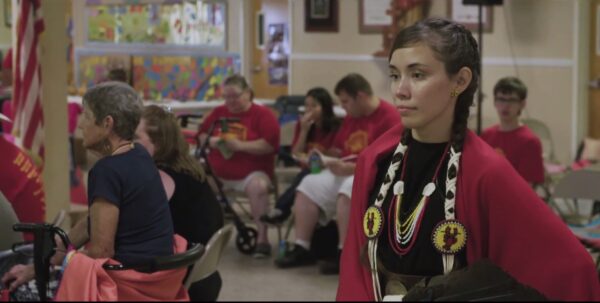
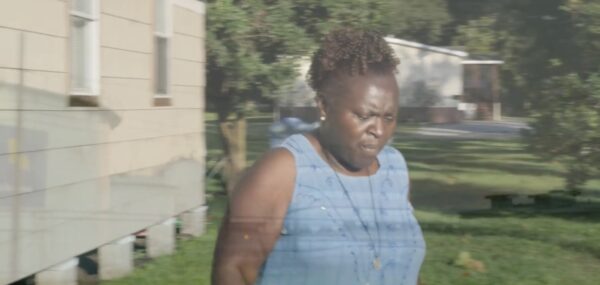
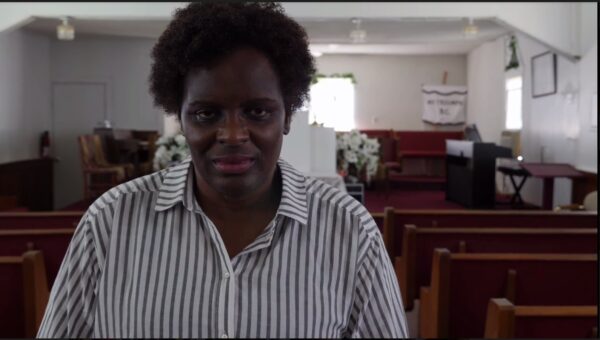



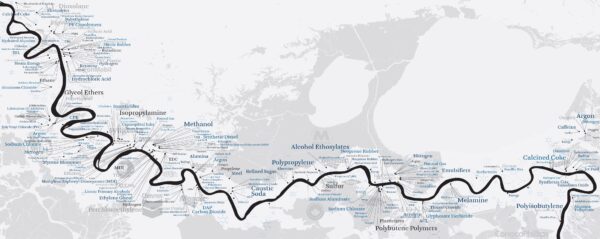
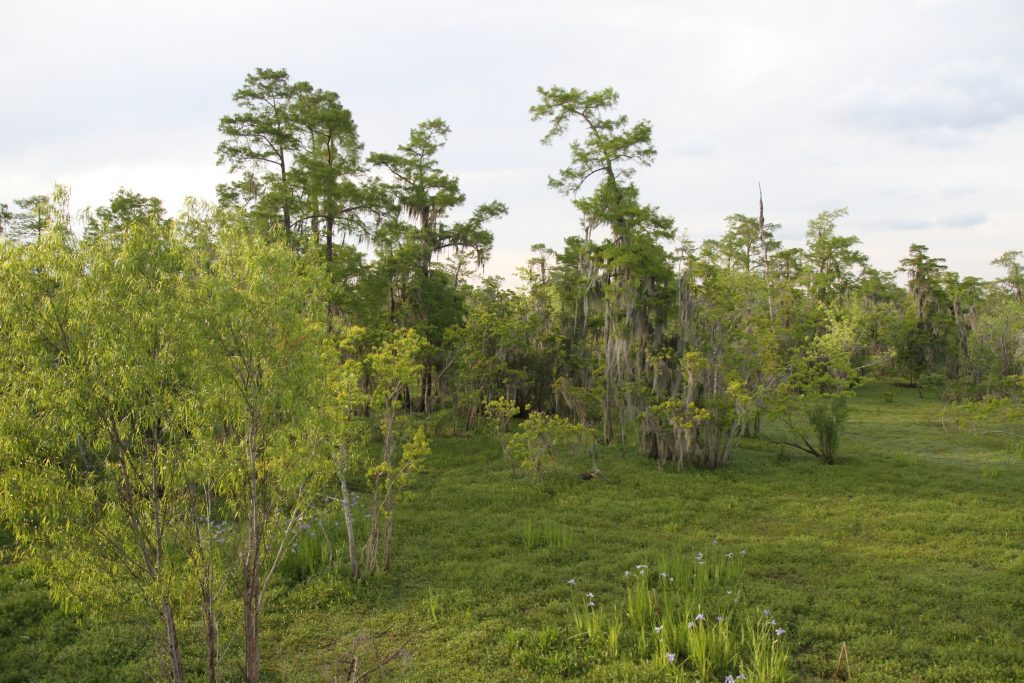
2019: Cypress Swamp near Destrehan, LA.
Ella McIntire, photographer.
2019: The Landscape of Community Resistance on the Mississippi River with historian Leon A. Waters.
Courtesy of UNO Public History students. Filmed by Ella McIntire, Daniel Lamplugh, and Owen Wagner.

2017: Jesse Parfait, Archivist of Houma Nation.
Courtesy of Louisiana Bucket Brigade.
2017: Bayou Bridge Pipeline: Stories of Defending Water & Culture (trailer).
Courtesy of Louisiana Bucket Brigade.
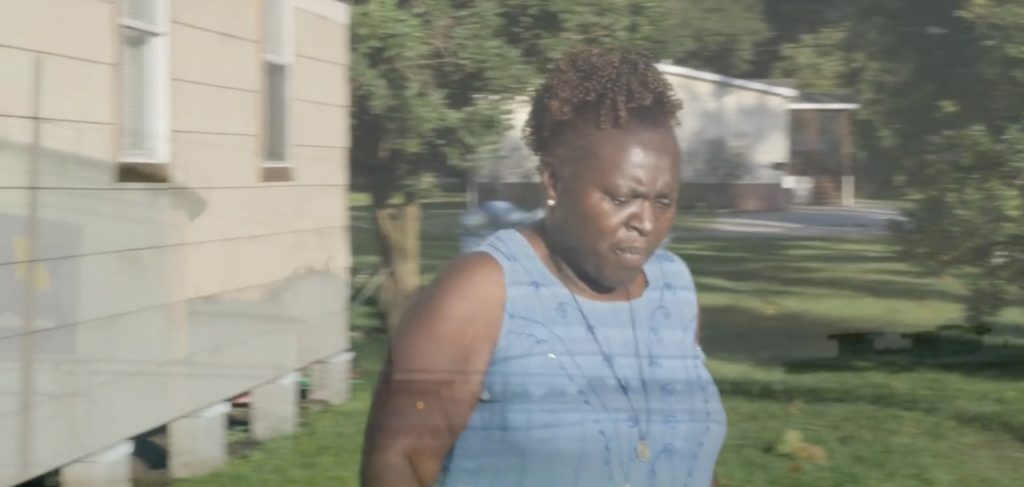
2018: Iris Carter at home. Still from That Place Was Home, Women of Cancer Alley.
Courtesy of Louisiana Bucket Brigade.
2019: That Place Was Home, Iris Carter, Women of Cancer Alley series.
By Iris Carter. Courtesy of Louisiana Bucket Brigade.
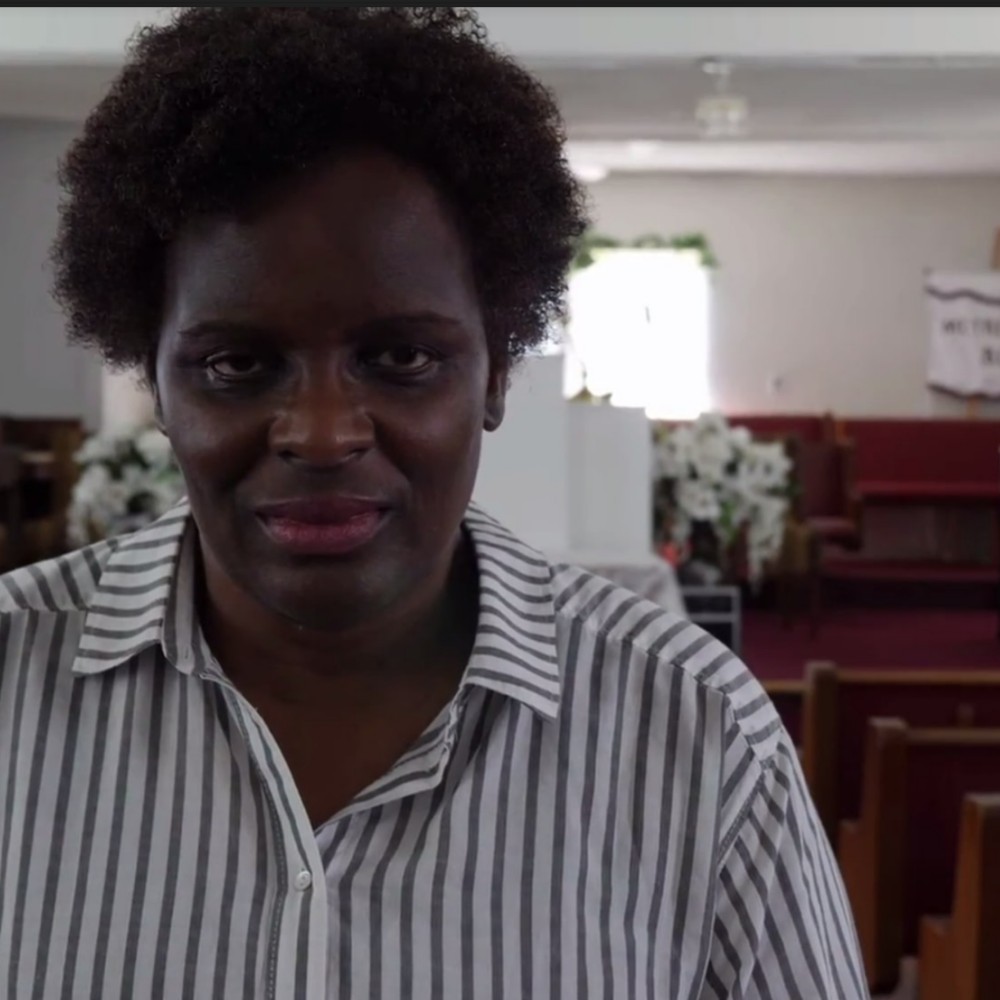
2018: Eve Butler in Mt. Triumph Baptist Church. Still from No Gardens, Women of Cancer Alley.
Courtesy of Louisiana Bucket Brigade.
2019: No Gardens, Eve Butler, Women of Cancer Alley series.
By Eve Butler. Courtesy of Louisiana Bucket Brigade.
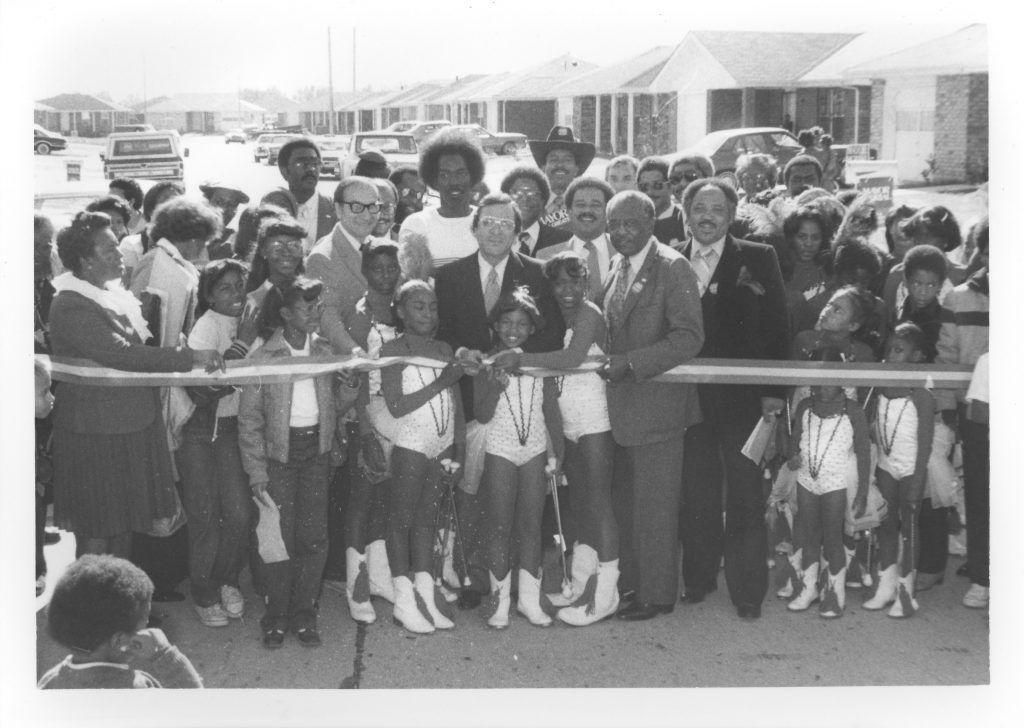
Ca. 1981: Gordon Plaza residents, Mayor Ernest N. Morial (center) and city council people.
Courtesy of Louisiana Division/City Archives, New Orleans Public Library.
2019: History of Gordon Plaza.
Courtesy of August Darbonne with UNO Public History students.

2019: Students interviewing Shannon Rainey, President, Gordon Plaza Resident Association, at home.
Ella McIntire, photographer.
2019: Oral History with Shannon Rainey, Gordon Plaza.
Courtesy of UNO Public History Students. Filmed by Daniel Lamplugh.
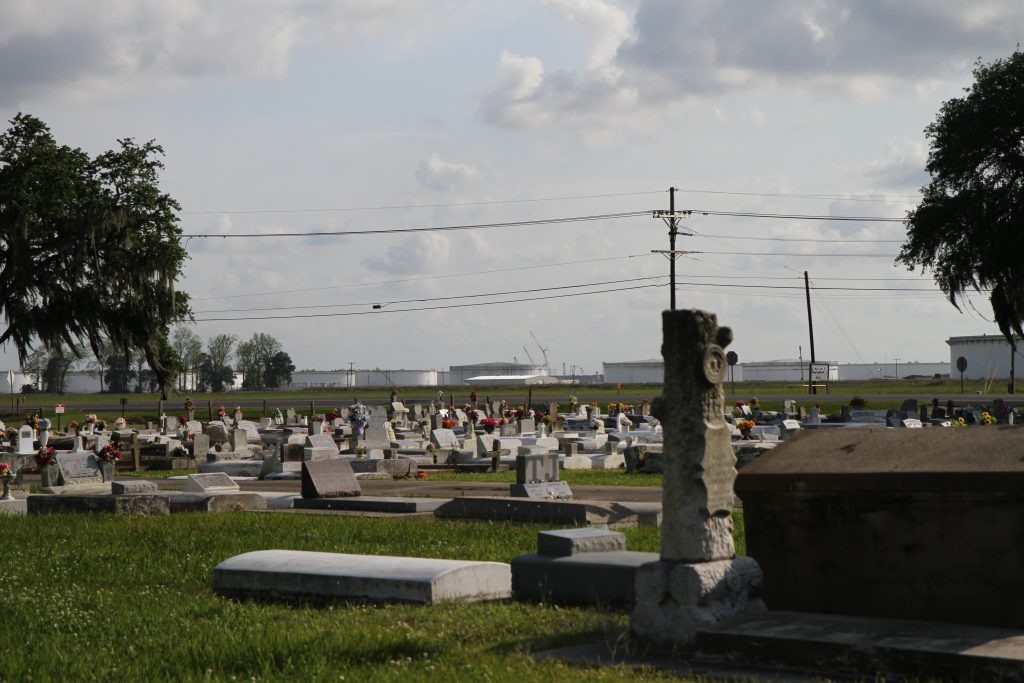
2019: Cemetery in St. James, LA.
Ella McIntire, photographer.
2019: Endangered Cemeteries of South Louisiana.
Courtesy of Ella McIntire. Photographed and filmed by Ella McIntire and Elizabeth Williams.

2012: “Petrochemical Landscape,” Kate Orff, Orff/Misrach, Petrochemical America.
Courtesy of Kate Orff.
Our Point of View
Many of south Louisiana’s residents face environmental injustice, a reality rooted in colonialism, the legacies of slavery and segregation, and the intrusion of petrochemical industries. Some of us have experienced these toxic histories, while others gained new perspectives on the landscape we travel every day. Many of us were raised in south Louisiana but we all reside in this vibrant, diverse community and call it home. Support our neighbors in their fight against environmental racism by contacting Louisiana’s elected officials and sharing these stories on social media.
—University of New Orleans
The Louisiana Bucket Brigade collaborates with communities living near petrochemical plants to end pollution and hasten the transition from fossil fuels. Our core partner now is in St. James, where global forces threaten a historic Black community with devastating petrochemical construction and pollution. Throughout Louisiana, brave people stand up to polluters and our own government, offering a different vision than one that sacrifices our state to a destructive industry. We proudly stand with RISE St. James and other communities throughout Louisiana.
—The Louisiana Bucket Brigade